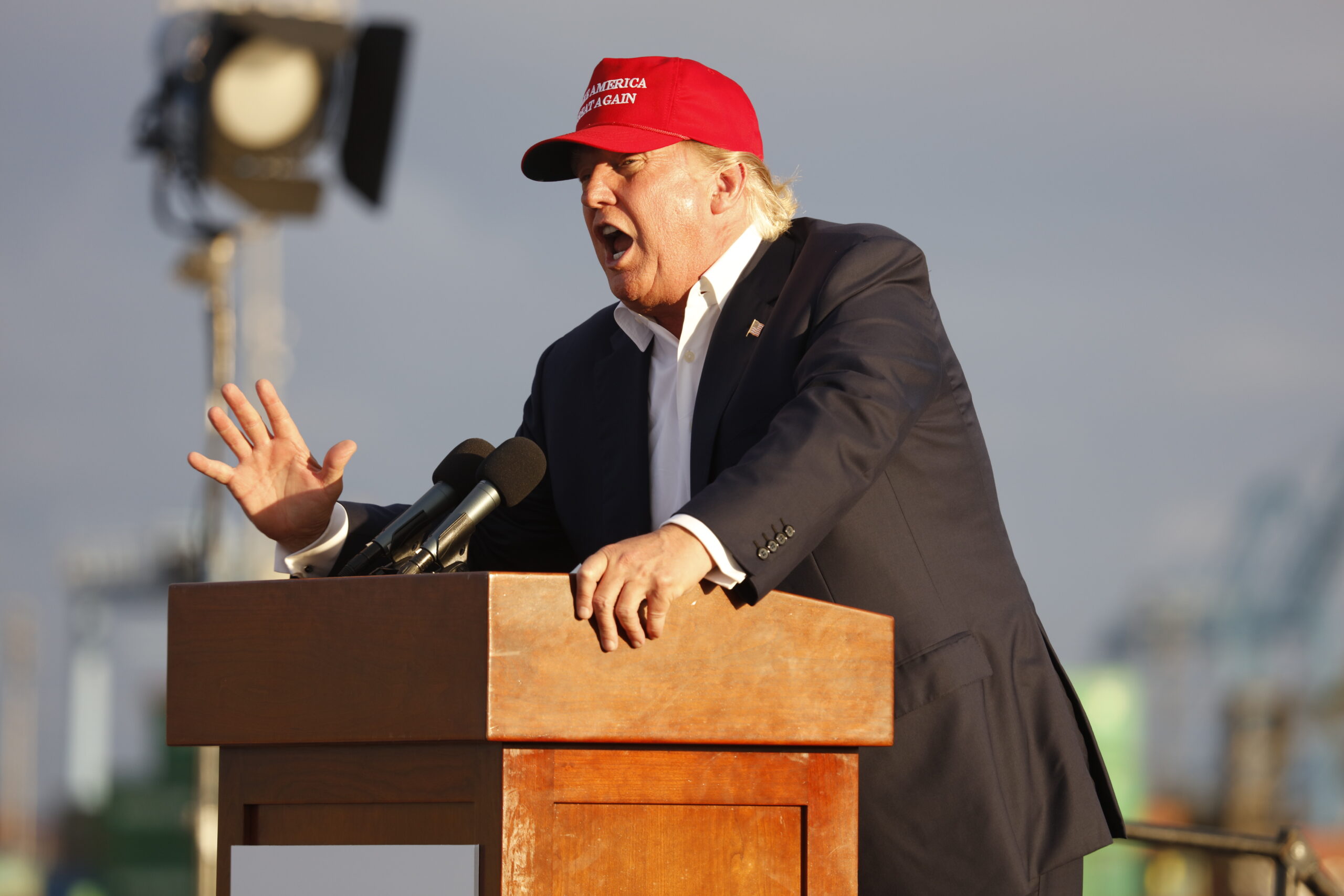US Welcomes Former TERRORIST?!

Once a terrorist with a $10 million bounty on his head, Syrian leader Ahmad al-Sharaa now shakes hands with U.S. officials in a dramatic shift that signals changing alliances in the volatile Middle East.
At a Glance
- Ahmad al-Sharaa, formerly known as Abu Mohammed al-Golani, transformed from al-Qaida fighter to Syria’s leader
- Al-Sharaa once had a $10 million U.S. bounty on his head and led a U.S.-designated terror group
- He rebranded his militant group and severed ties with al-Qaida in 2016, refusing to join ISIS
- President Trump recently met with al-Sharaa, calling him a “young, attractive guy” with a “very strong past”
- Al-Sharaa promises to rid Syria of Iranian influence and create an inclusive government
From Terror Leader to Diplomatic Partner
Ahmad al-Sharaa’s meteoric rise from battlefield insurgent to statesman represents one of the most remarkable transformations in Middle Eastern politics. The Syrian leader, previously known as Abu Mohammed al-Golani, was once detained by American military forces and later became the commander of the Nusra Front, an al-Qaida affiliate in Syria. His militant activities earned him a place on U.S. terrorism lists with a $10 million bounty offered for information leading to his capture. Despite this ominous beginning, al-Sharaa made a calculated decision in 2016 to rebrand his organization as Hayat Tahrir al-Sham and publicly break ties with al-Qaida’s global network.
This strategic pivot marked the beginning of al-Sharaa’s transformation from reviled terrorist to potential diplomatic partner. His refusal to merge with the Islamic State group led to a significant split with ISIS leader Abu Bakr al-Baghdadi, positioning al-Sharaa as the more moderate alternative among Syria’s anti-Assad forces. As the brutal Syrian civil war progressed and various factions gained and lost territory, al-Sharaa’s group emerged as a dominant force in northwestern Syria, controlling significant territory and establishing governance structures. This evolution from guerilla fighter to regional administrator laid the groundwork for his current diplomatic rehabilitation.
Trump’s Endorsement Signals Policy Shift
The remarkable transformation of al-Sharaa’s international standing was cemented by a recent meeting with former President Donald Trump. The handshake between Trump and the Syrian leader represents a stunning reversal of U.S. policy toward a man who just years ago was considered one of America’s most wanted terrorists. Trump’s surprising endorsement came with characteristically blunt assessments of the Syrian leader, describing him as a “young, attractive guy” with a “very strong past.” The former president added optimistically, “He’s got a real shot at holding it together.”
This diplomatic opening appears to be part of a broader American strategy to counter Iranian influence in the region. Al-Sharaa has repeatedly promised to rid Syria of Iranian presence and establish a more inclusive government, positions that align with U.S. regional objectives. Following the overthrow of Bashar Assad’s regime, the United States lifted sanctions on Syria, and al-Sharaa has been embraced by key regional powers Turkey and Saudi Arabia. This rehabilitation indicates a pragmatic recognition that despite his controversial past, al-Sharaa may represent the most viable partner for stabilizing Syria and countering Iranian expansionism.
Challenges and Controversies Remain
Despite this diplomatic rehabilitation, significant challenges cloud Syria’s future under al-Sharaa’s leadership. The country faces catastrophic economic conditions after years of devastating warfare. Infrastructure lies in ruins, sectarian tensions remain high, and Israeli airstrikes continue to target positions inside Syrian territory. Critics point out that al-Sharaa’s government remains dominated by his inner circle, raising questions about his commitment to truly inclusive governance. His administration continues to incorporate elements of Islamic law into legislation, a policy that concerns religious minorities and secular Syrians.
Recent sectarian violence and continued Israeli incursions highlight the precarious security situation that persists across much of Syria. While al-Sharaa has made promises regarding Iranian influence and inclusive governance, fulfilling these pledges presents enormous practical challenges. The country remains effectively partitioned, with Turkish, Kurdish, and other forces controlling significant territories. Al-Sharaa’s actual control remains limited primarily to northwestern Syria, raising questions about his ability to unite the fractured nation. American policymakers appear to have made the calculation that despite these limitations, engaging with al-Sharaa presents the best available option for advancing U.S. interests in a region where perfect solutions are nonexistent.












